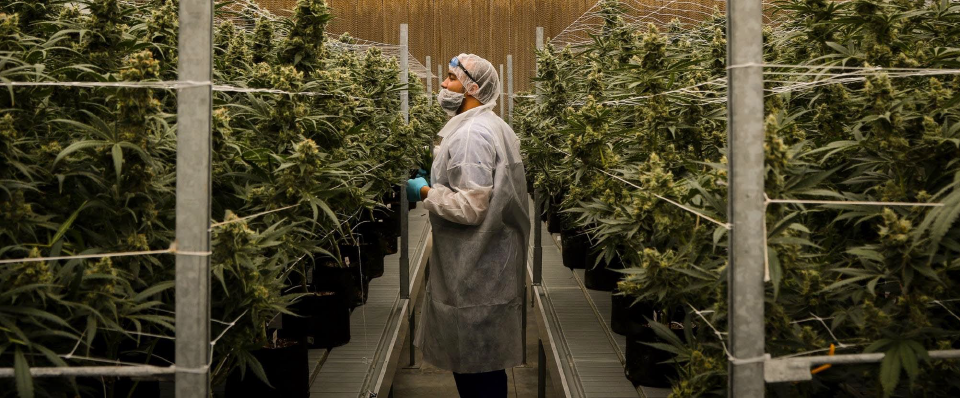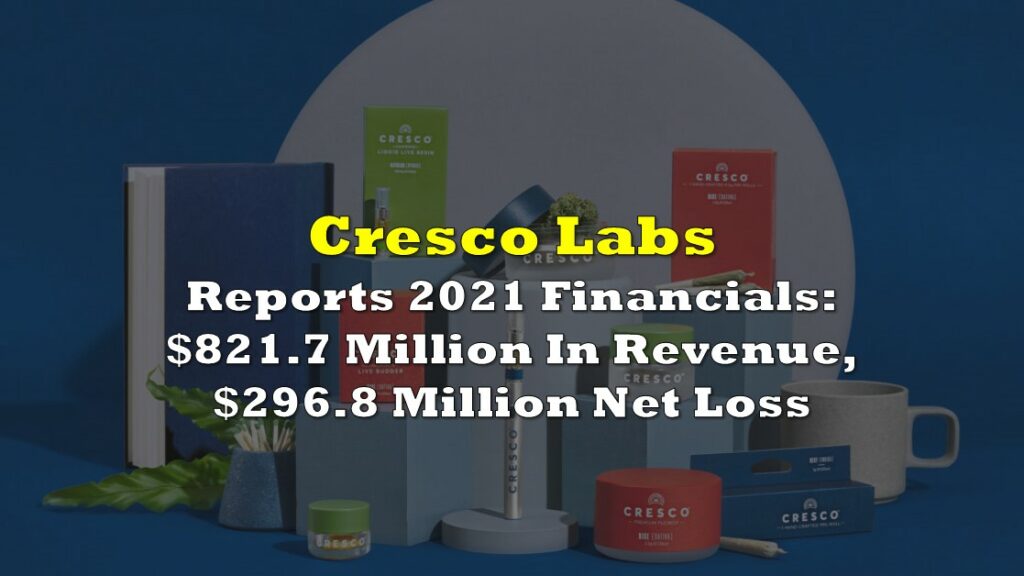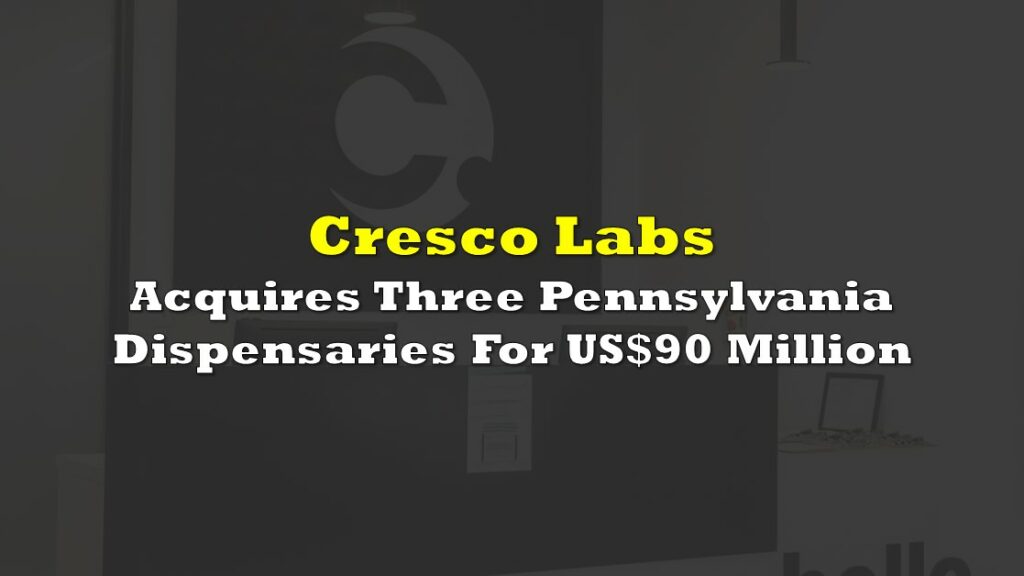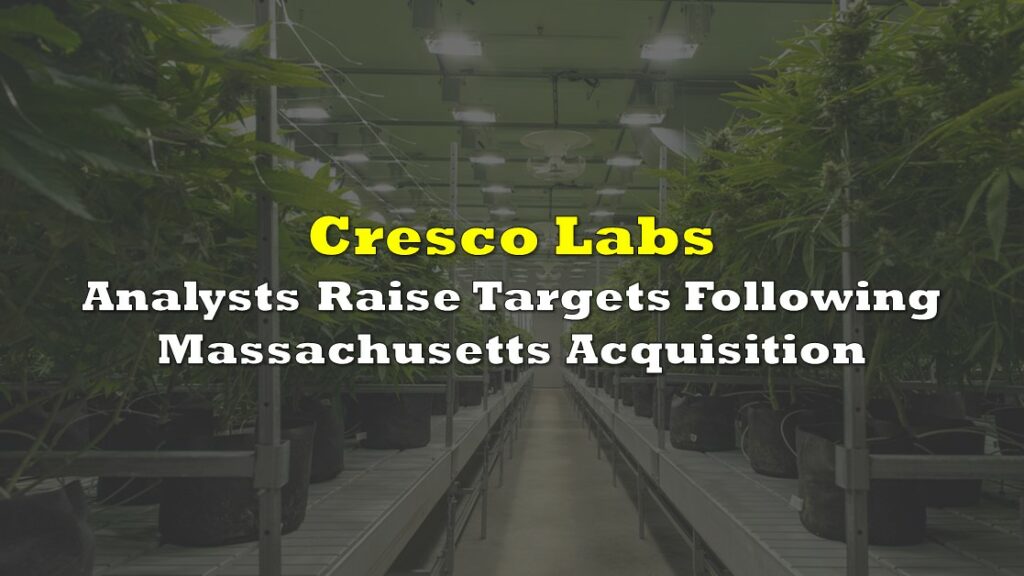The upcoming US election has renewed interest in CSE-listed American cannabis operators, many of which are carving out new 52 week highs, as the long awaited moment of legalization they were built to take advantage of shows signs of inching closer, if only in the market’s own mind.
Two years after the formation of these trading products, and 10 months after the shuttering of Evolve US Marijuana ETF, which briefly enabled investors to have exposure to them as a group, there has emerged a clear distinction between the companies that were built to be resilient enough to weather the storm of their core business being a federal crime, and the ones built to catch the money of investors betting the storm would end quickly.
Comparing the relative merits of the companies worth taking seriously, in this instance, might be a fun way for nerds to show off their spreadsheet chops but, from a retail investors’ perspective, it’s going to amount to a confirmation of the obvious: In this sector, there’s Trulieve, and there’s everybody else.

While cannabis becoming federally legal in the US will surely have positive real-world business implications for these companies (allowing them inter-state trade being the most glaring, along with tax benefits), its heaviest impact as a catalyst will be in the capital markets, where the trillion-dollar US financial markets will be suddenly granted access to the most rapidly growing vice trade in the US.
That catalyst affects all of these companies in the same way, but only one of these companies is an operating, profitable business. As it embarrasses its peers in terms of both sales and earnings (the ones that have earnings), it trades around half their market cap. Markets do funny things all the time, but it’s doing this particular funny thing to Trulieve consistently, because Trulieve is ill-suited to its environment.




Trulieve’s peers have been dependent on capital sourced from the sale of their public equity in one form or another and, with the possible exception of Green Thumb Industries (CSE:GTII), they largely remain that way. The performance of those companies’ respective stocks is practically existential, because the businesses behind them don’t yet make money. This is born out by an abundance of sell-side “research” and stock promotion, and the self-fulfilling paradox of the damage its cost does to their bottom lines.

Sandbagged as they are by the restrictions of operating in hostile regulatory territory, it’s hard to fault any of these companies for spending to keep interest in an obscure securities listing. There is only so much speculative capital available for this gambit ahead of the legalization event, and money doesn’t come in to CSE-listed US cannabis stocks just to get out of the rain.




These venture-stage securities aren’t bought so mach as they’re sold, and a marked lack of a sales effort on Trulieve’s part has contributed to its valuation lag, leaving the stock vulnerable to a notable short-and-distort attack by self-styled indy research firm Grizzly Research LLC. The much-hyped December 2019 report successfully caused a poorly-followed TRUL, which hadn’t cultivated any industry support, to have its stock beat up on, and management and the IR desk to look like ranked amateurs.

Grizzly’s hit job is still the number-one google result for “Trulieve Research,” ahead of Mugglehead and Motley Fool stories detailing the liable suit Trulieve filed against Grizzly as a response. It is still being distributed via grizzlyreports.com, despite bearing a “not for distribution” watermark, presumably added by the author.
The larger sandbox of the US Securities universe that these companies may soon be competing in is every bit as dependent upon institutional support as the tiny CSE sandbox they compete in now, but it has more institutions, and the best of them have more traditional priorities. Mature US-based vice businesses are valued in the hundreds of billions of dollars and trade at earnings multiples in the forties and fifties because there’s more value in a made hand than a hand that’s on a draw.




Presently, and for its entire existence, the institutions interested in Trulieve were all speculators looking to get paid off by the state-side value investors who will likely pay a premium for a turnkey operation that they can build into a legacy business. Since Trulieve was number one in Florida with enough revenue and margin to borrow whenever they need to at an attractive rate, and keep their cap table tight, they didn’t have much use for those institutions.
The company carved out a black-sheep path that stubbornly kept the value at home, for good or ill. There’s no telling whether or not the company’s apparent disdain for financial institutions will extend to the US financial institutions that would bring them along as a US-listed issuer, or a future property of a private equity concern. Conceivably, such institutions would have a lot more to offer than their Canadian counterparts in a monetary sense.
As long as it’s still smallcap, retail investors have the size advantage
This sector, in this spot, is one of few landscapes that play to the advantage of the retail investor. Institutions inclined to front run US legalization with a position in a cannabis stock would have trouble getting a position that suits them out of the market, and even more trouble with an orderly liquidation of that position.
In the past year, Trulieve has traded an average of $4 million worth of stock per day. Curaleaf, Cresco Labs and Green Thumb Industries have averaged $3 million, $2 million, and $3 million worth of dollar-weighted daily volume, respectively. For comparison, the high-flying Boston Beer Company (NYSE: SAM), a rapidly growing vice stock and a fashionable trade at the moment, traded an average of $81 million per day over the same period, and tobacco giant Altria (NYSE:MO) averaged $401 million in daily volume. Investors looking to take a $10 million position in US cannabis operators are going to have to do it through a cross, or by arranging a financing.
But a retail investor gathering a small position (relative to what institutions would need to move the needle) has no such burden. Those investors might be inclined to ask themselves which of these companies’ value bumps created by their entries into the US market is likely to be blunted by whatever slice the institutions take to capitalize them in the process.
The author is not an investment advisor, and does not give investment advice. He holds Trulieve stock based on the company’s strong fundamentals.
CORRECTION: A previous version of this post identified Horizons US Marijuana Fund as the shuttered ETF, and not the Evolve product, which was actually shuttered. The Horizons product is still trading on the TSX under the symbol HMUS. Thanks to the reader in the comments section for letting us know. – B
Information for this briefing was found via Sedar and the companies mentioned. The author has no securities or affiliations related to this organization unless otherwise mentioned. Not a recommendation to buy or sell. Always do additional research and consult a professional before purchasing a security. The author holds no licenses.










2 Responses
great piece. the rise in debt and shares for Cresco coincides with the merger with Origin House aka Cannaroyalty
HMUS not shuttered, still offers exposure to US. You’re thinking of the Horizon’s junior MJ growers ETF that was shuttered. Kind of a big difference.